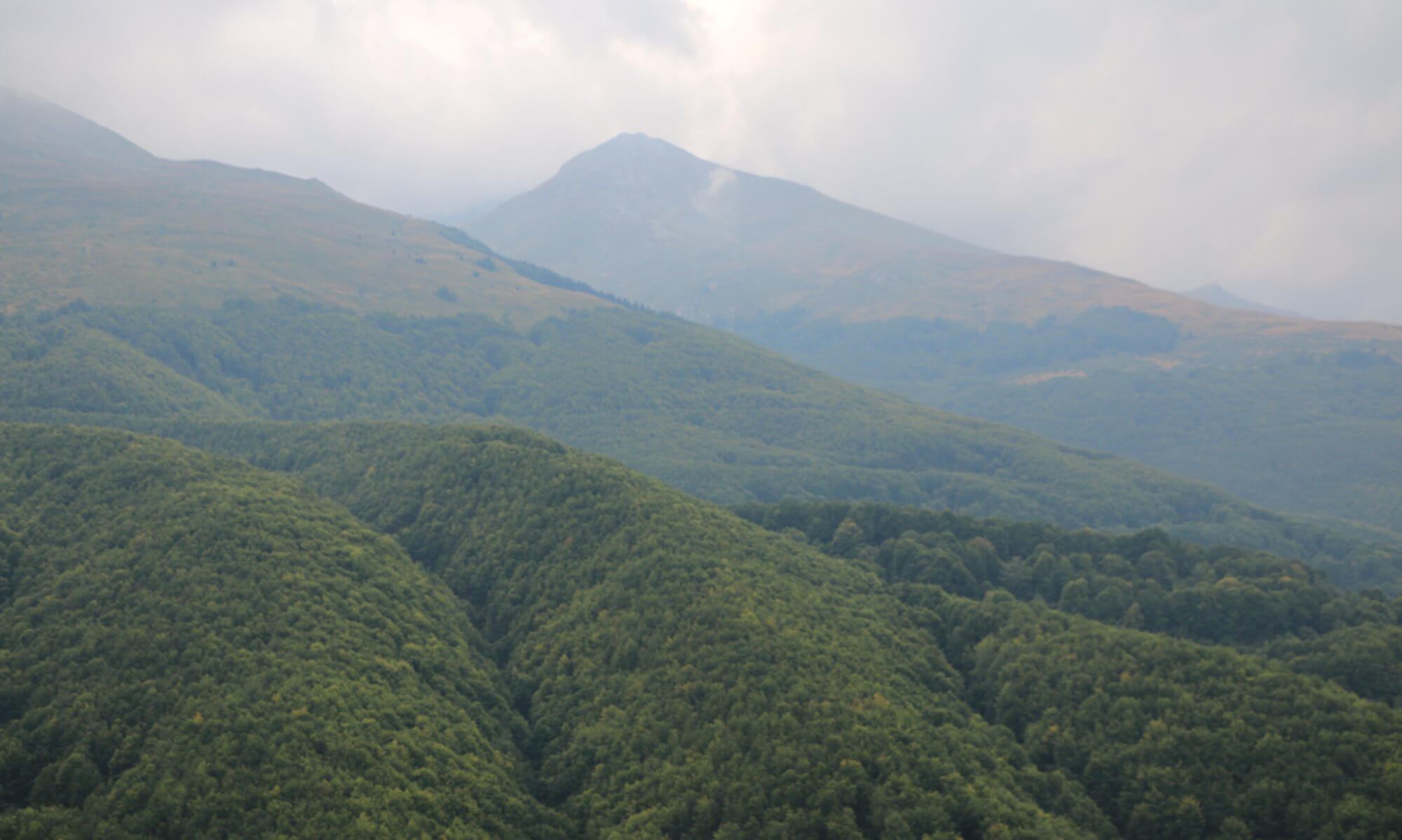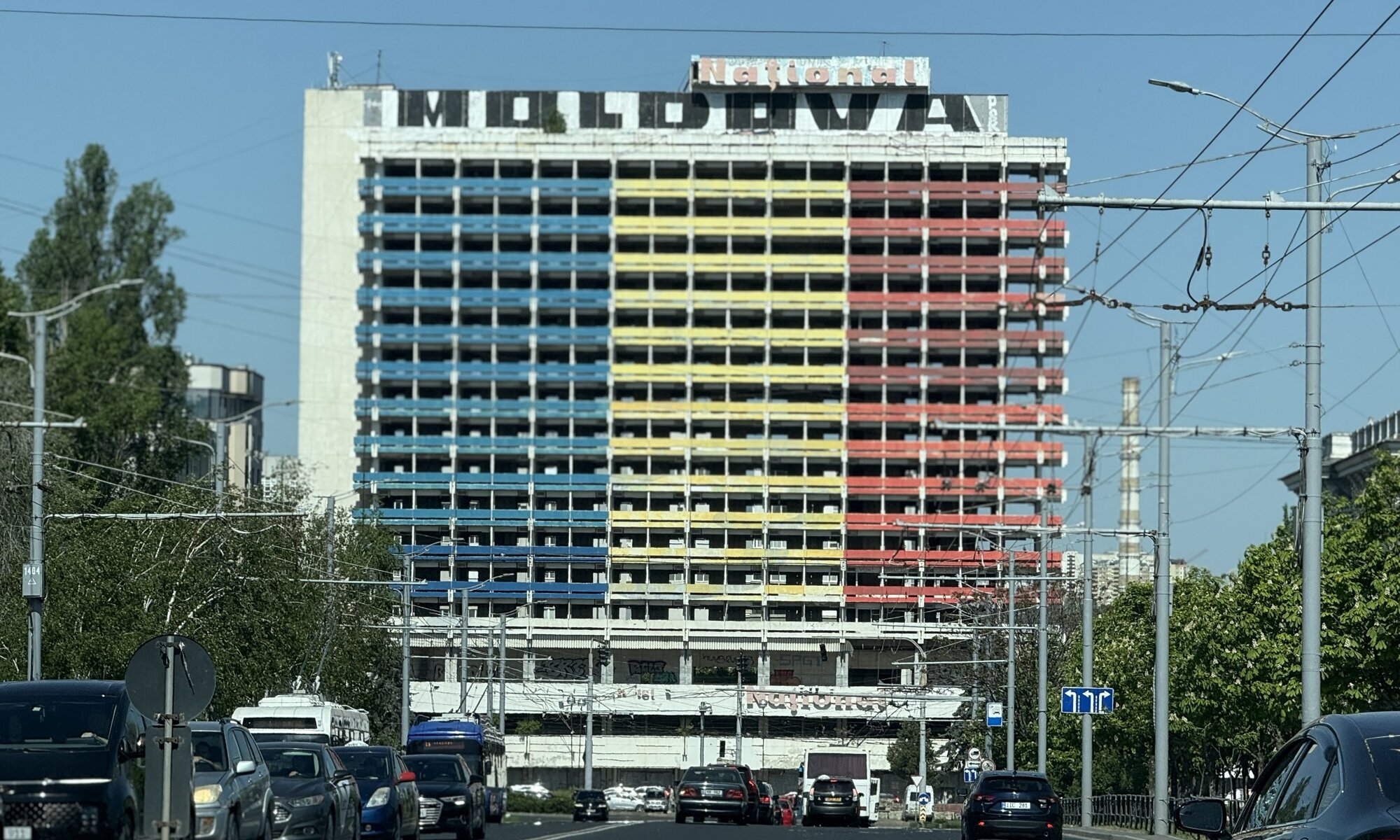Moldova, a landlocked country in Eastern Europe bordering Ukraine and Romania, has a rich and complex history spanning from prehistoric times to modern independence. The territory was part of the Principality of Moldavia from the 14th century until 1812, when it was ceded to the Russian Empire by the Ottoman Empire. After briefly uniting with Romania in 1918, it became part of the Soviet Union in 1940 as the Moldavian SSR. Moldova finally emerged as an independent republic following the collapse of the Soviet Union in 1991. Since 2020, under the presidency of Maia Sandu, the country has pursued a pro-Western and anti-corruption agenda.
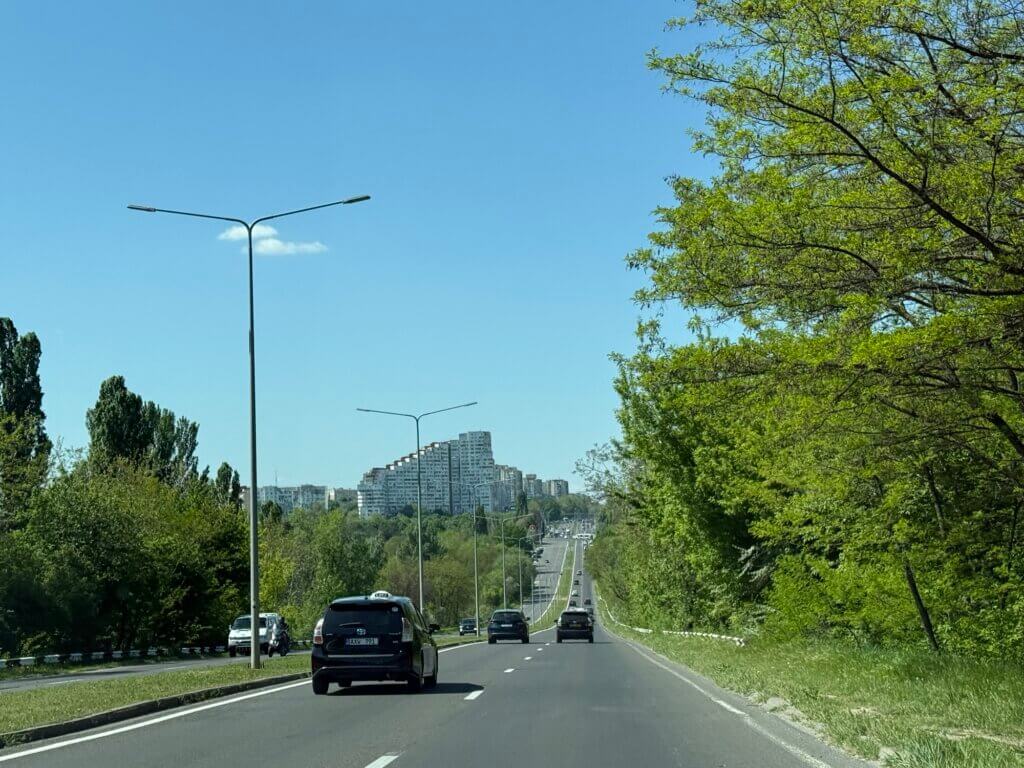
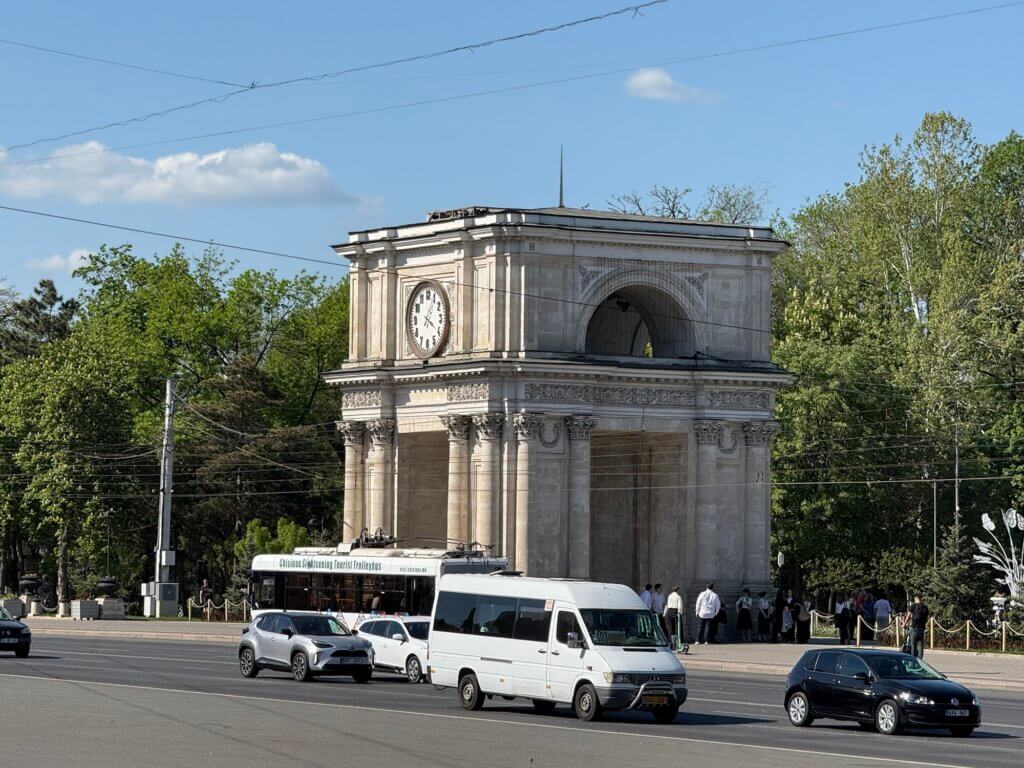
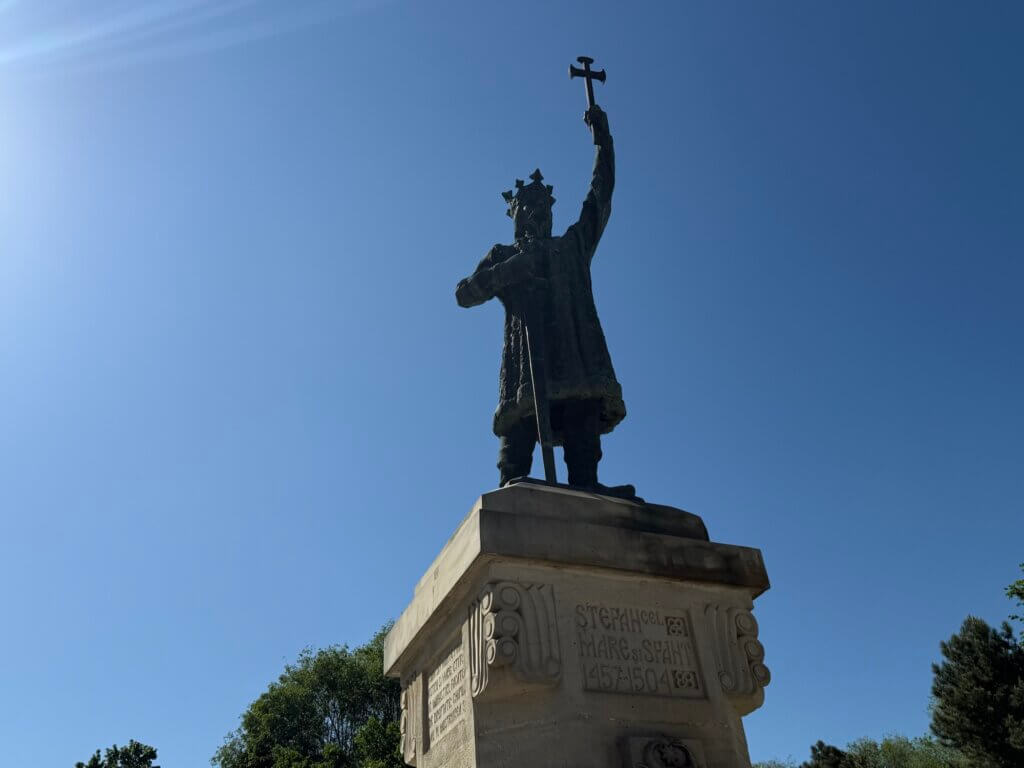
The Transnistria conflict remains an ongoing frozen conflict between Moldova and the unrecognized state of Transnistria. The dispute began when Transnistria, a strip of Moldovan territory on the east bank of the river Dniester primarily inhabited by Russian and Ukrainian speakers, unilaterally declared independence in 1990 due to concerns about closer ties with Romania as the Soviet Union dissolved. Since 1990, this region has been under the de facto control of a breakaway government. The conflict intensified during Russia’s 2022 invasion of Ukraine, when Russian military officials identified establishing a ‘land corridor’ to Transnistria as one of their primary objectives. This has further divided Moldova’s pro-Western and pro-Russian factions.
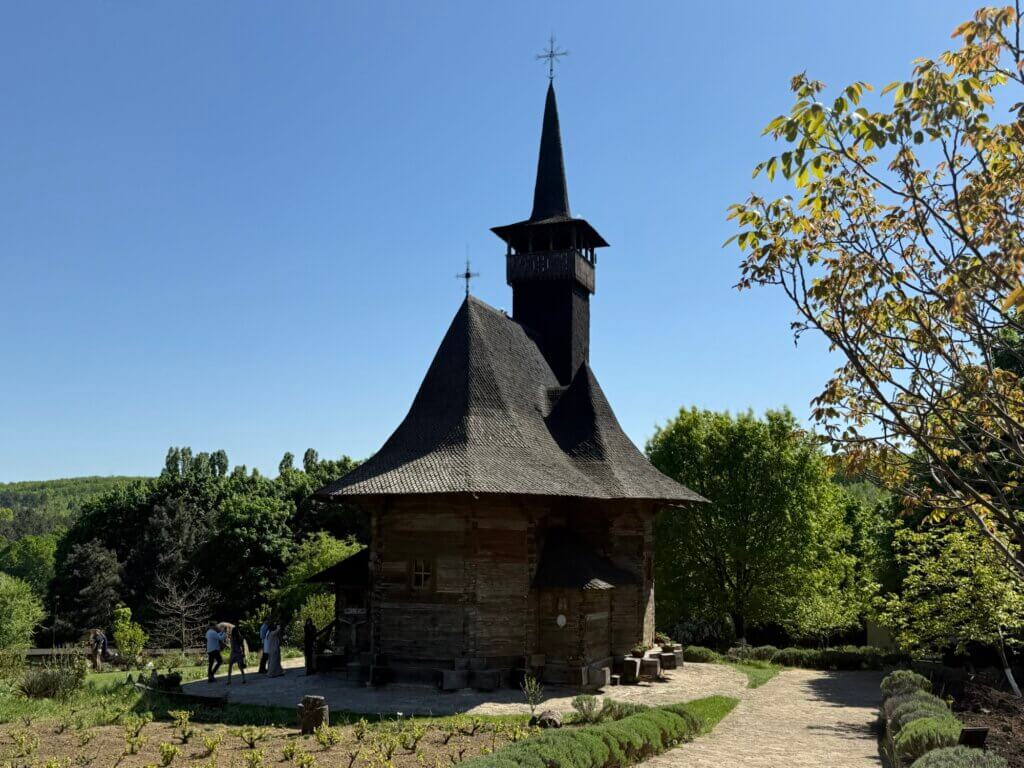
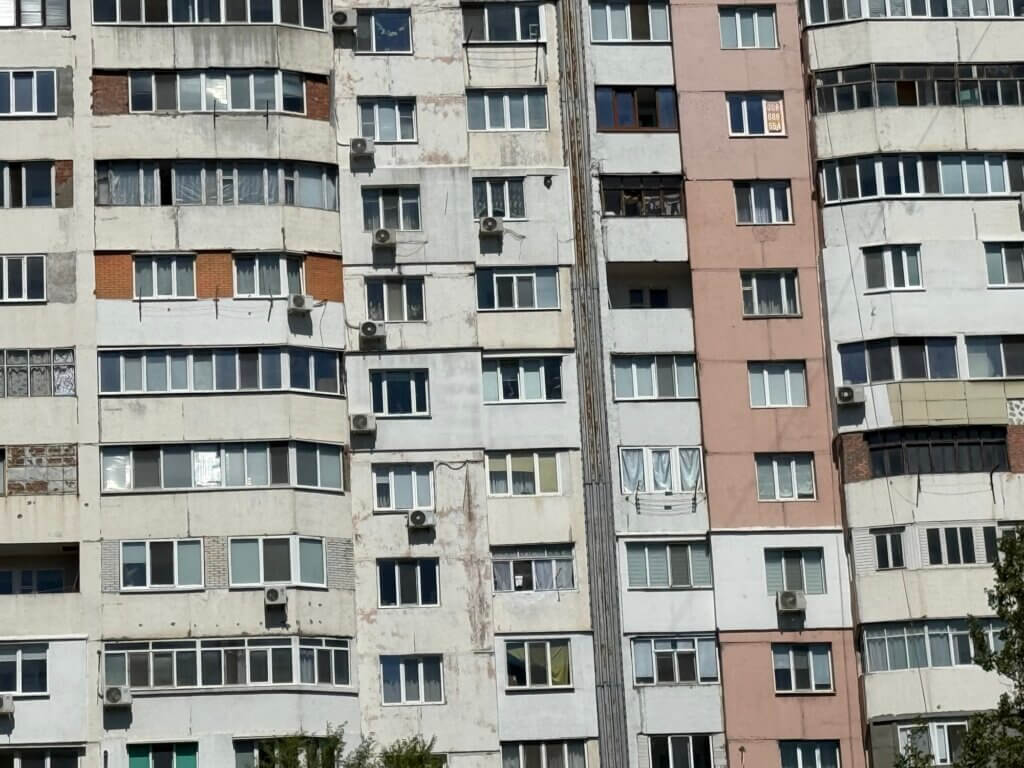
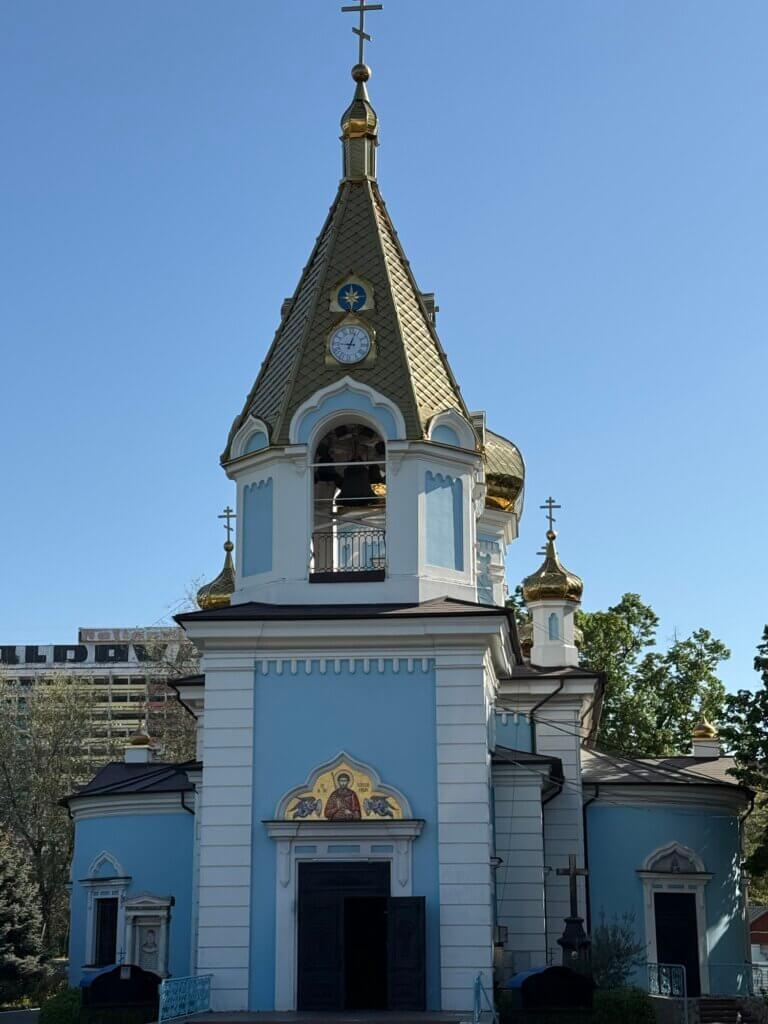
Moldova is currently the second poorest country in Europe by GDP per capita after Ukraine, with its economy heavily reliant on agriculture and the service sector. The country has made substantial progress in reducing poverty, with the percentage of the population living below the national poverty line decreasing from 30.2% in 2006 to 9.6% in 2015. Poverty is visible also in the capital city, with long-time unrenovated houses in the suburbs and poor farmers selling illegally around the central market to save market cost. The number of tourists in the country is still very low and you won’t find souvenir shops or even postcards (there are some on sale in the history museum’s bookshop). Moldova is the country for tourists that dislike other tourists.
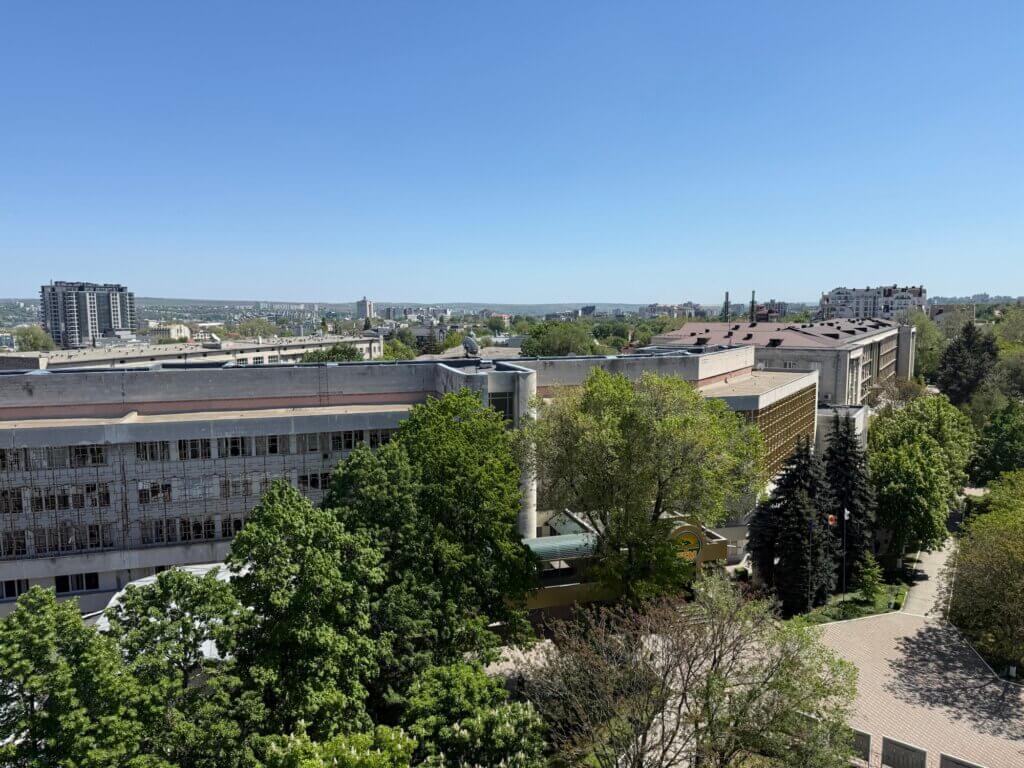
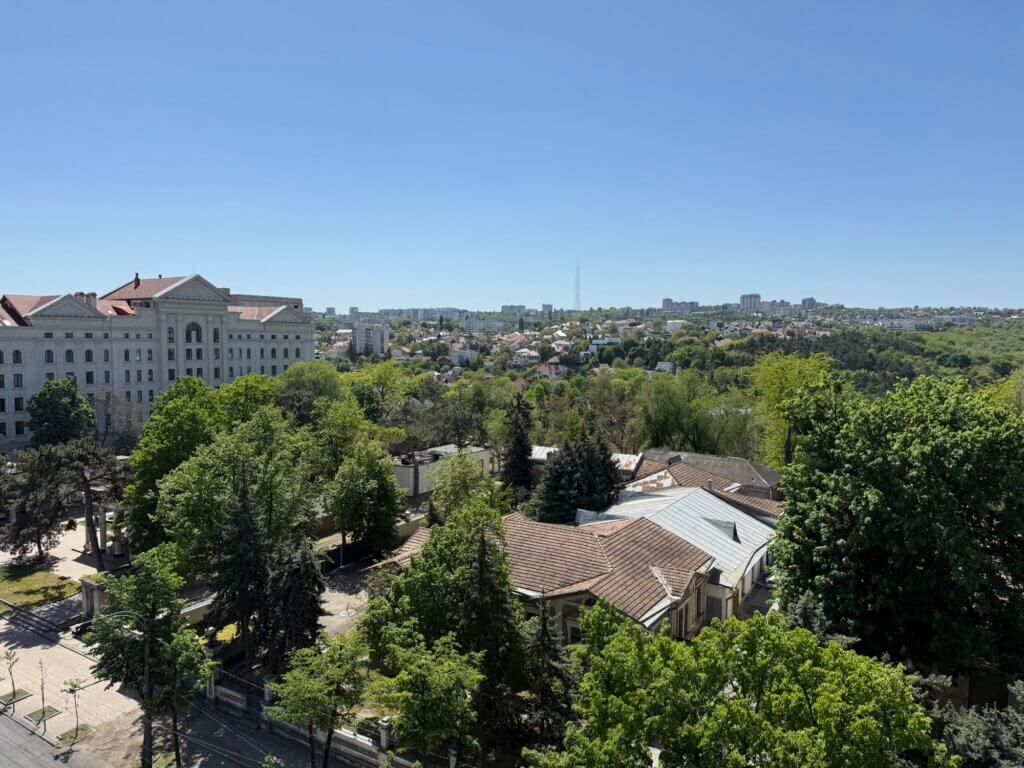
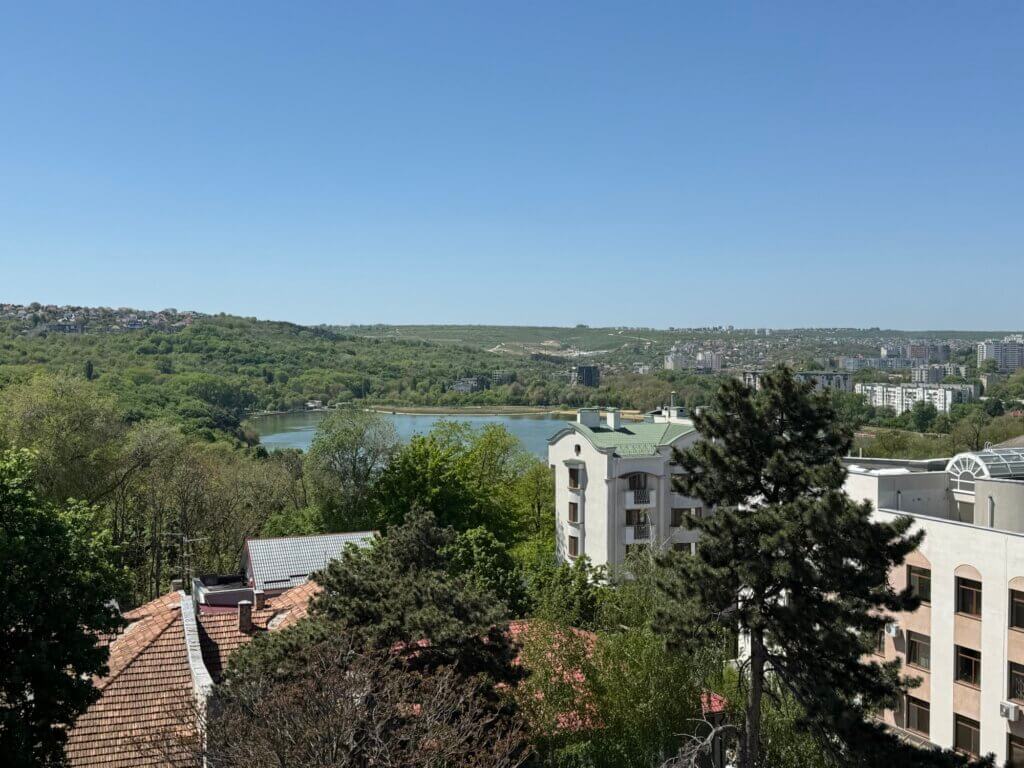
Regarding language, Moldova recently passed legislation to rename its state language from ‘Moldovan‘ to ‘Romanian‘, acknowledging that the concept of a separate ‘Moldovan language‘ was a fiction created during Russian occupation. This change reflects the reality that Romanian is spoken in Moldova, and the distinction was artificially created to suggest the existence of two different peoples. Despite its economic challenges, Moldova is making significant progress toward European integration, having been granted EU candidate status in June 2022. Accession negotiations were formally opened in June 2024, marking an important milestone in the country’s path to joining the European Union.

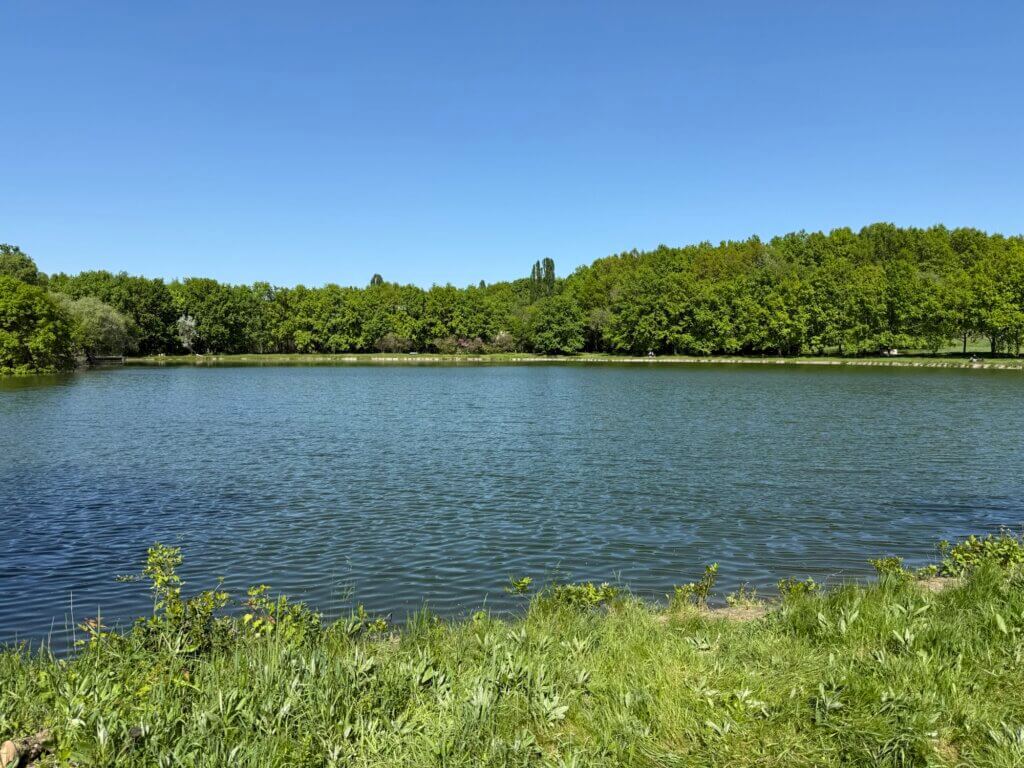
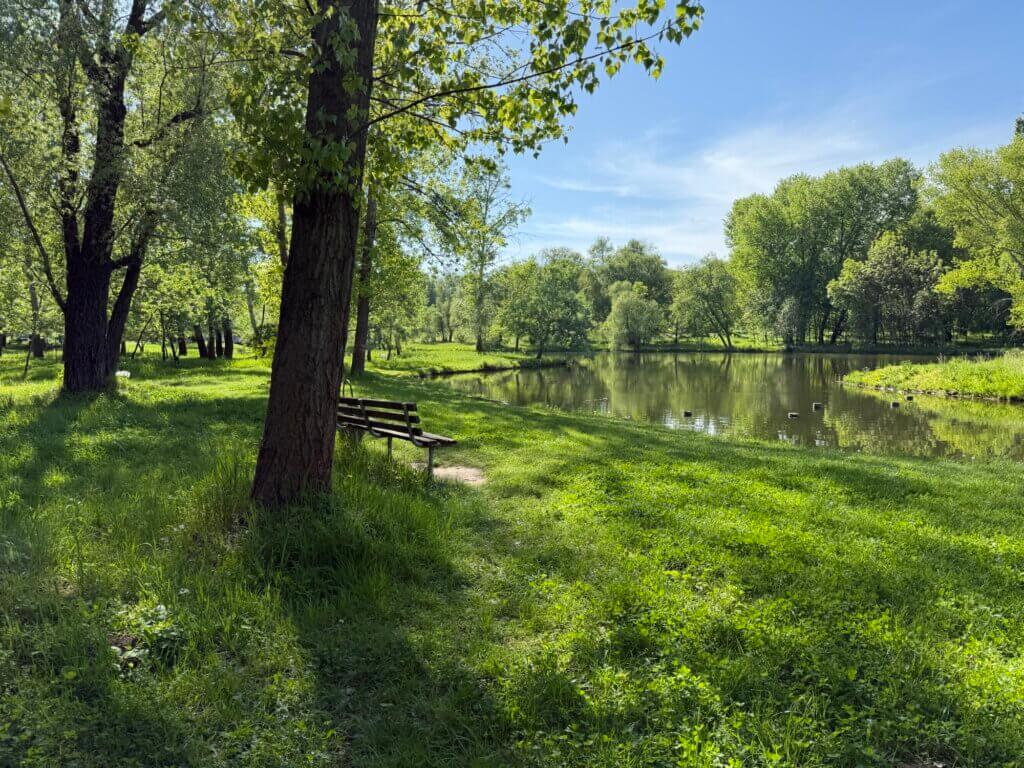
Chișinău: the capital city
Chișinău traces its origins to 1436 when it was first mentioned as a monastery village within the Moldavian Principality. Over the centuries, it grew from a small settlement to a significant regional center, enduring periods of Ottoman, Russian, and later Soviet rule. The city suffered destruction during wars, notably the Russo-Turkish War and World War II, but was rebuilt and expanded, especially during the Russian and Soviet periods. Following Moldova’s independence in 1991, Chișinău emerged as the vibrant political, economic, and cultural heart of the country.

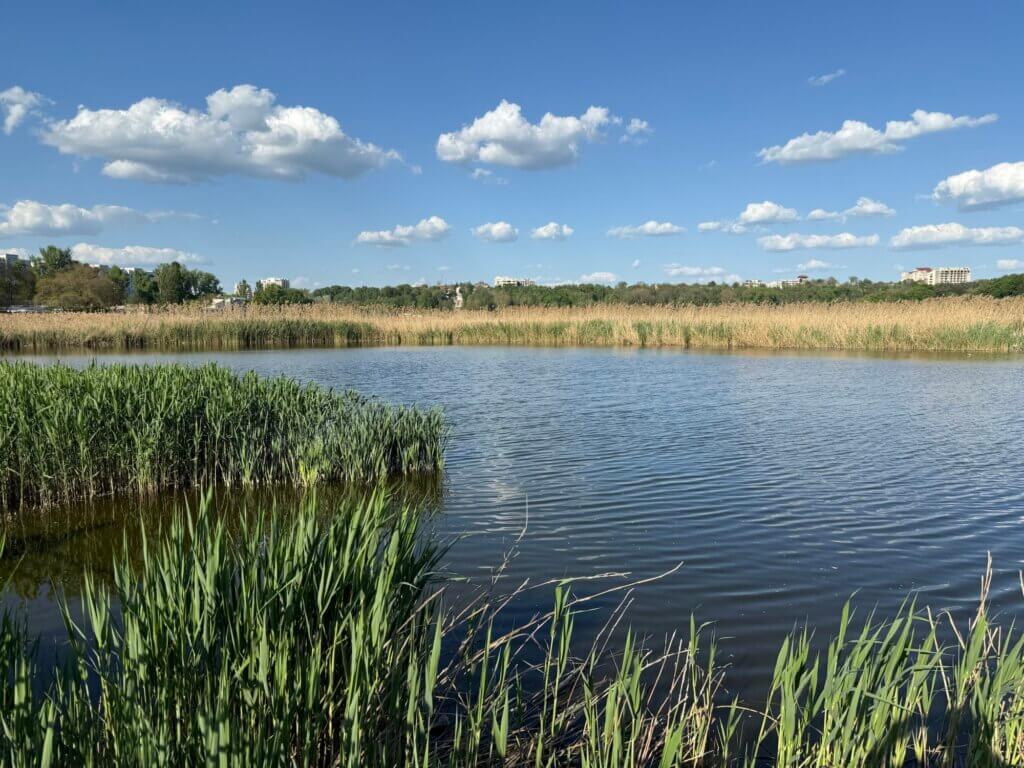
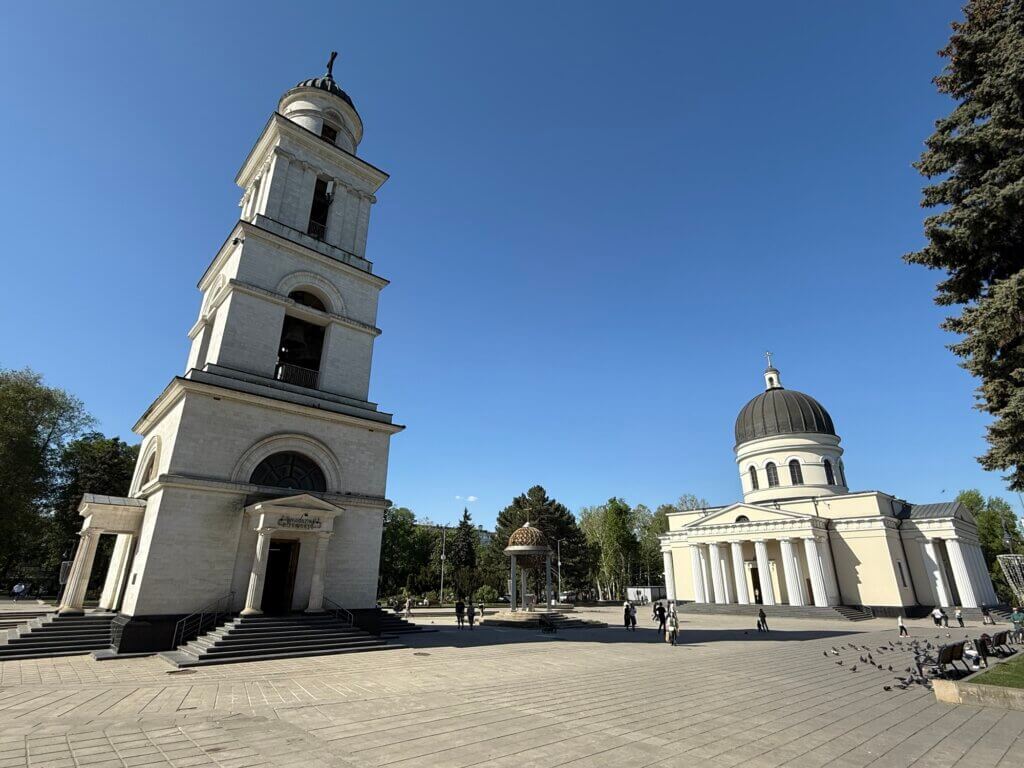
Visitors to Chișinău will find a wealth of attractions that reflect its diverse history and culture. The top sites include the Nativity Cathedral, a neoclassical Orthodox church at the city’s center; the Triumphal Arch, built in 1840; and the monument to Stephen the Great, Moldova’s national hero, at the entrance to the city’s oldest park, Ștefan cel Mare Central Park. Valea Morilor Park offers a relaxing escape with its large lake, while the Ciuflea Monastery and the Alexander Pushkin House Museum provide insight into the city’s spiritual and literary heritage. Other notable stops are the National Museum of History of Moldova, the National Museum of Ethnography and Natural History, and the Water Tower Museum, each offering unique perspectives on Moldovan history and culture.
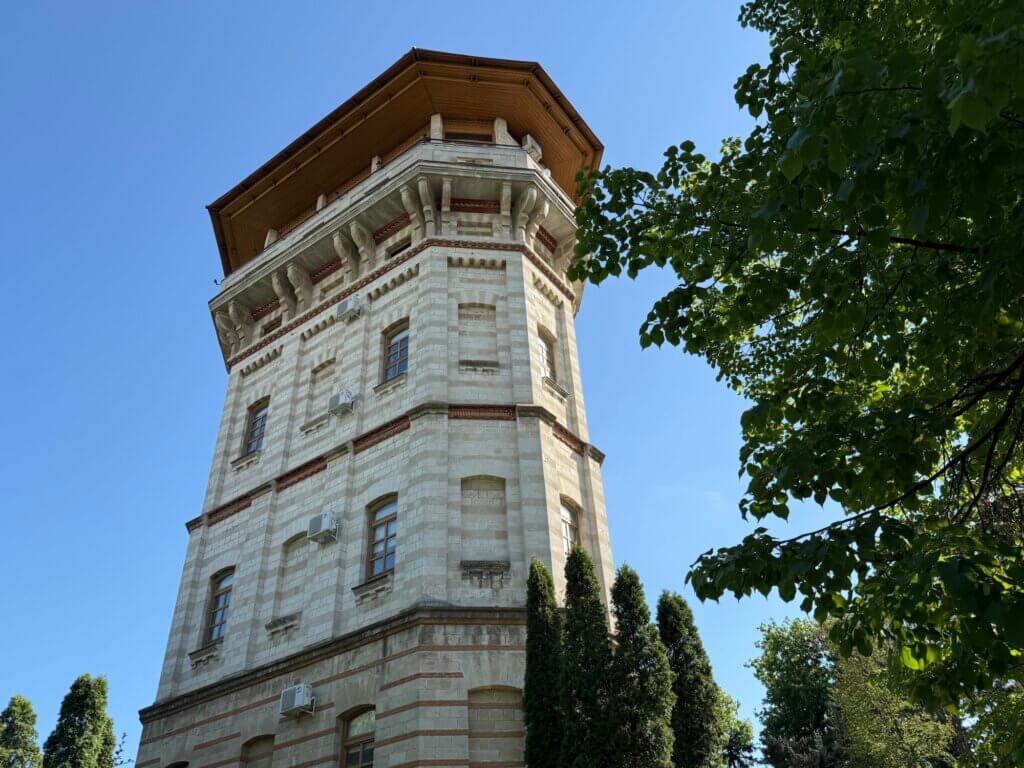
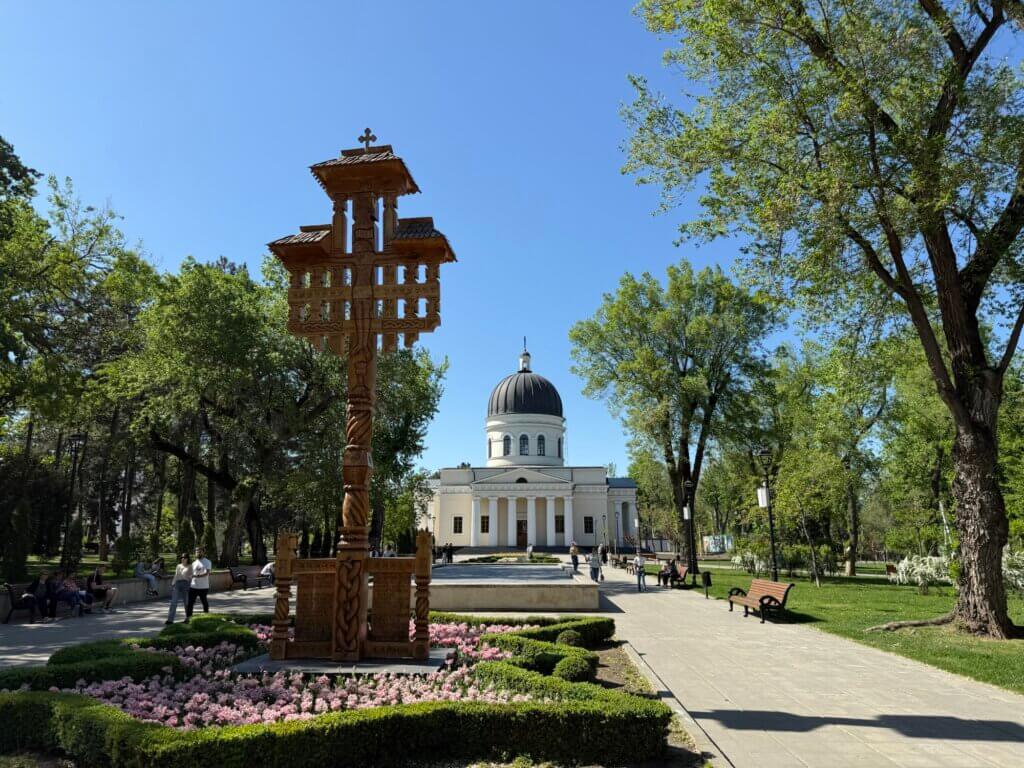
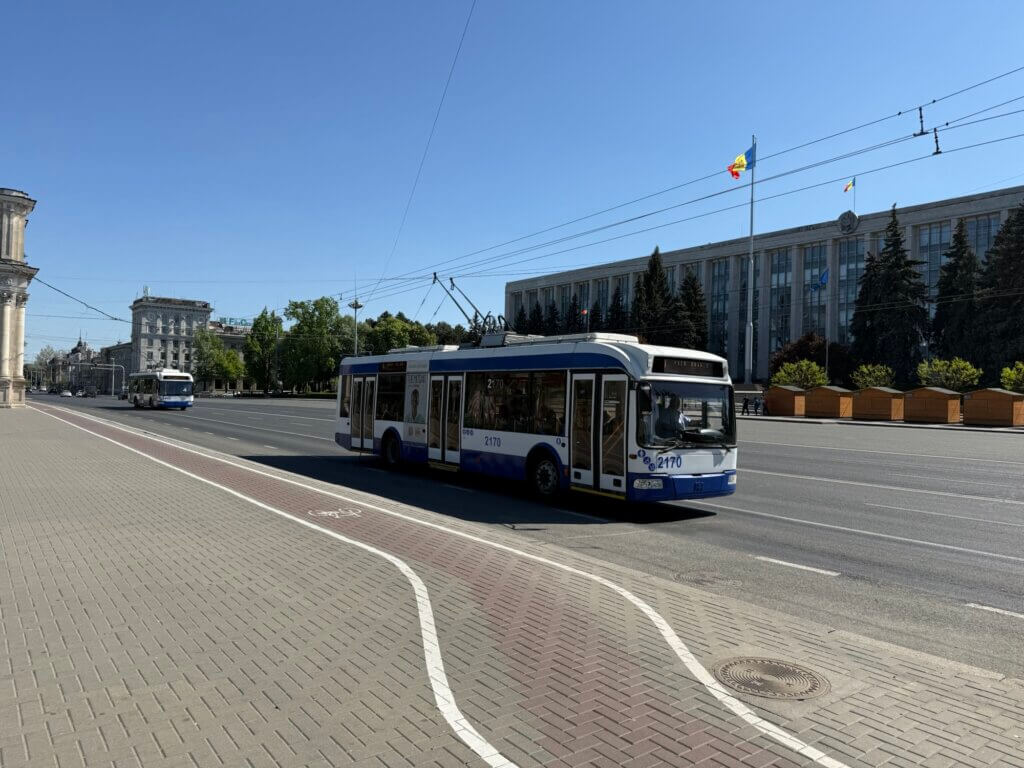
For a well-rounded experience, stroll along Stefan cel Mare Boulevard to admire the city’s architecture and visit Cathedral Park, a popular gathering spot for locals. Don’t miss the small statue of the Little Prince in Valea Morilor Park, a charming detail beloved by visitors. Chișinău’s blend of historic monuments, green spaces, and museums makes it a compelling destination for anyone interested in exploring Moldova’s past and present. If you take public transport just buy your ticket from the agent walking through the bus. He’ll (or she’ll) find you.
Orhei and Cricova: exploring the countryside
For a glimpse into the Moldovan countryside near Chișinău, Curchi Monastery, Orheiul vechi, and Cricova offer a rich blend of history, culture, and natural beauty. Curchi Monastery, nestled among forested hills and orchards, is considered one of the most beautiful and significant religious sites in Moldova. Founded in the late 18th century, its ensemble of churches showcases striking architecture and offers a serene atmosphere, making it a peaceful retreat for visitors interested in both spirituality and heritage.
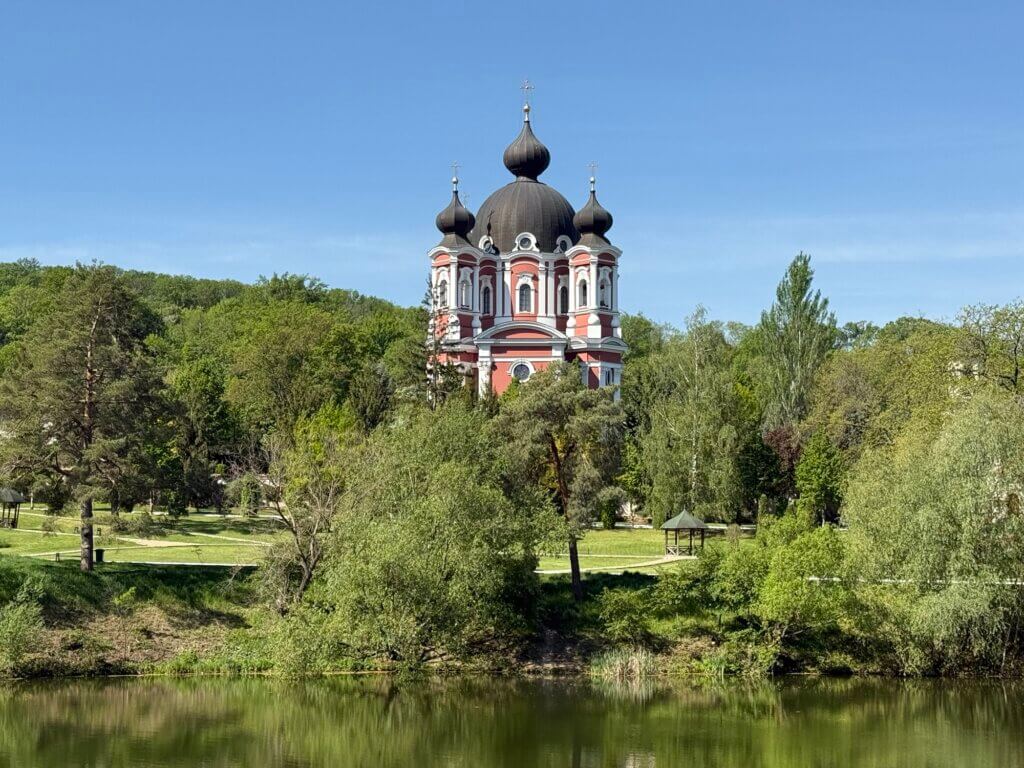
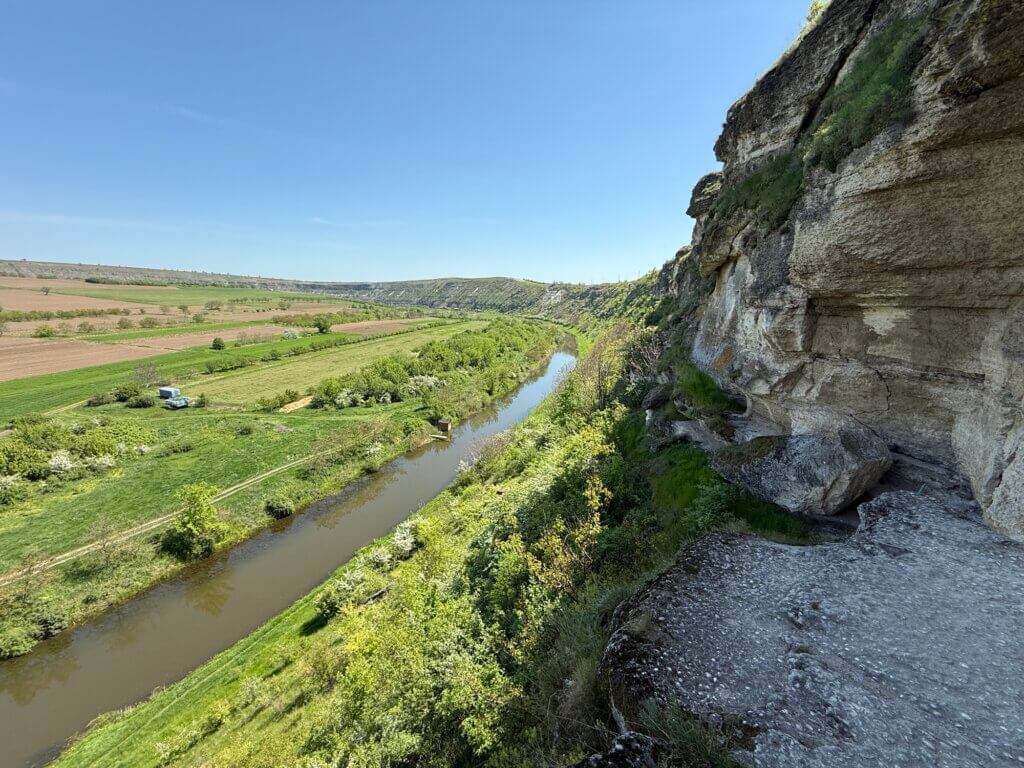
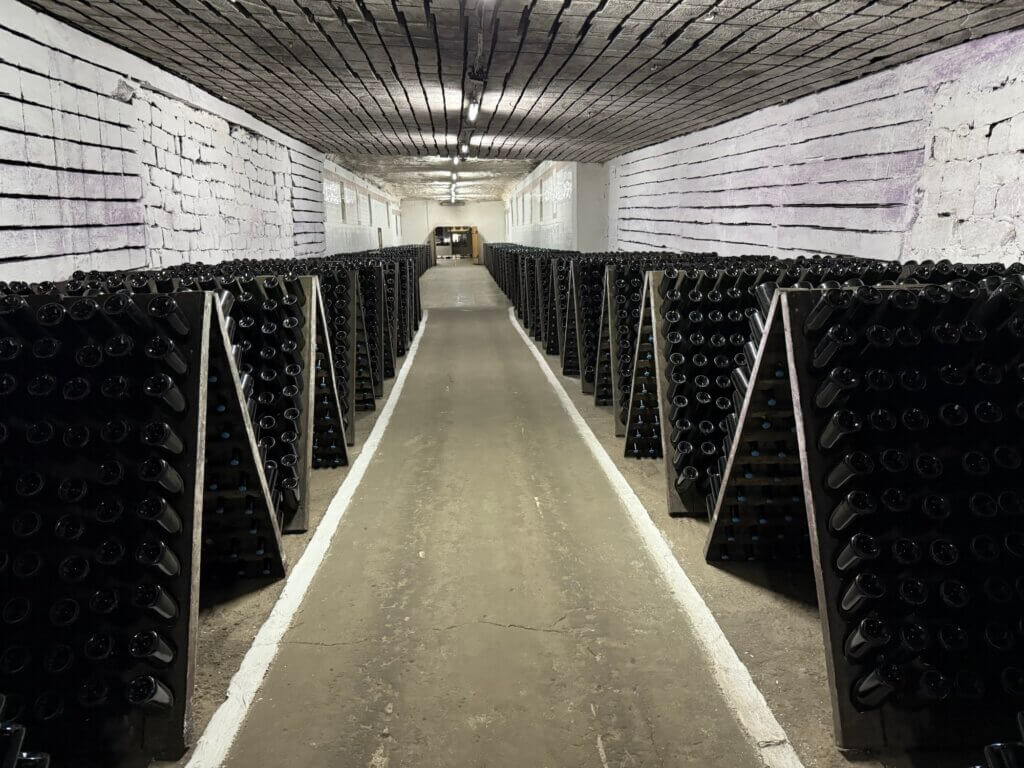
Orheiul vechi, about 50 km north of Chișinău, is an impressive archaeological and natural complex perched above the river Răut. Here, visitors can explore ancient cave monasteries, ruins from Dacian, Mongol, and medieval Moldovan settlements, and enjoy panoramic views of the dramatic landscape. Not far from the capital, Cricova stands out for its vast underground wine cellars-stretching over 120 kilometers-where you can tour labyrinthine tunnels, learn about Moldova’s winemaking tradition, and taste some of the country’s best wines. Together, these destinations provide a captivating introduction to Moldova’s countryside, blending spiritual, historical, and culinary experiences.
Transnistria: Bender and Tiraspol
Travelling from Chișinău to the internationally not recognized country Transnistria is straightforward and hassle-free. You can reach Tiraspol, the capital of Transnistria, in under two hours by bus, marshrutka (minibus), rideshare, car, or taxi, with buses and minibuses departing frequently from the central bus station behind the central market in Chișinău. The border crossing at Bender is simple: you present your passport, state your length of stay, and receive a migration slip.
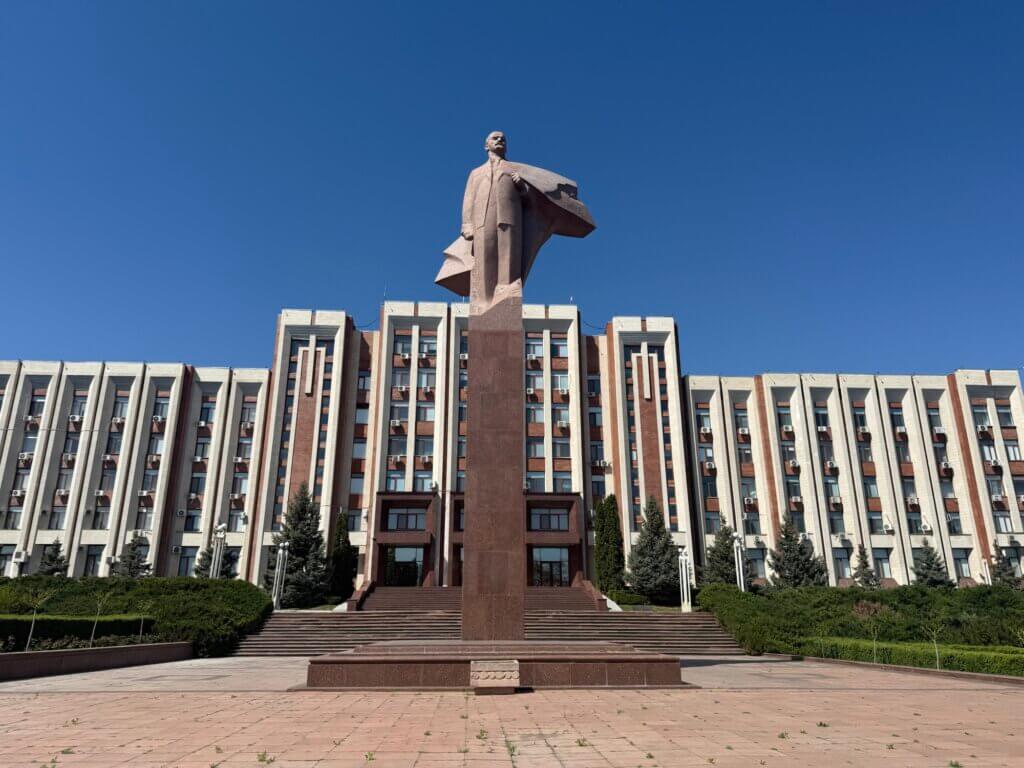
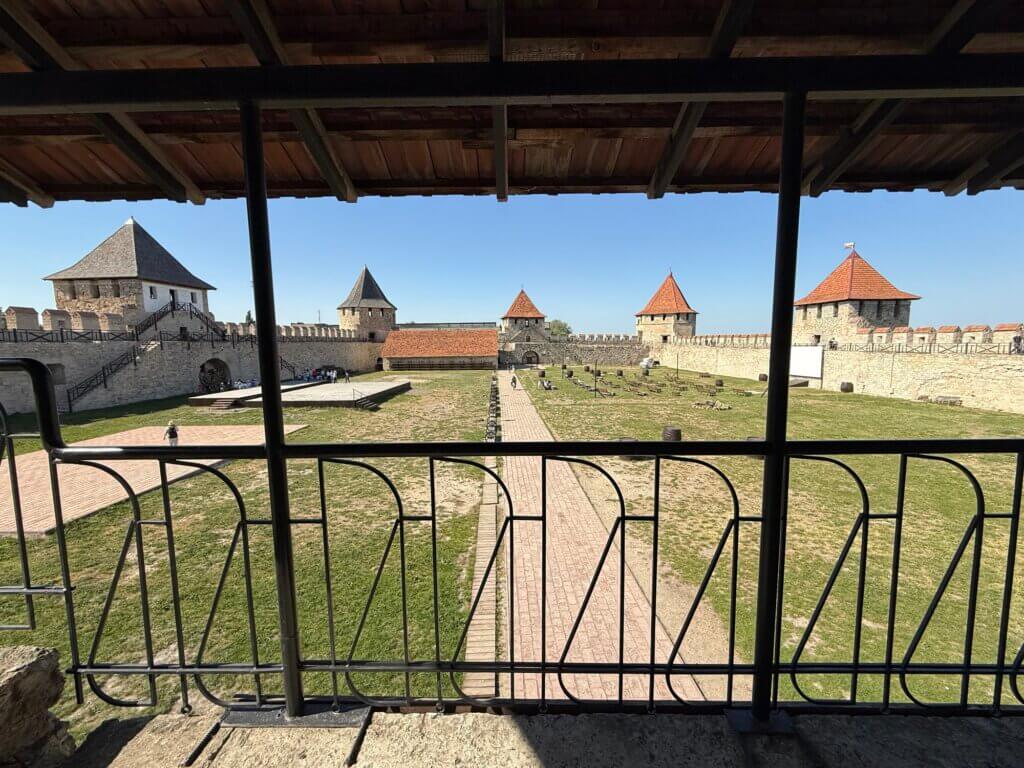
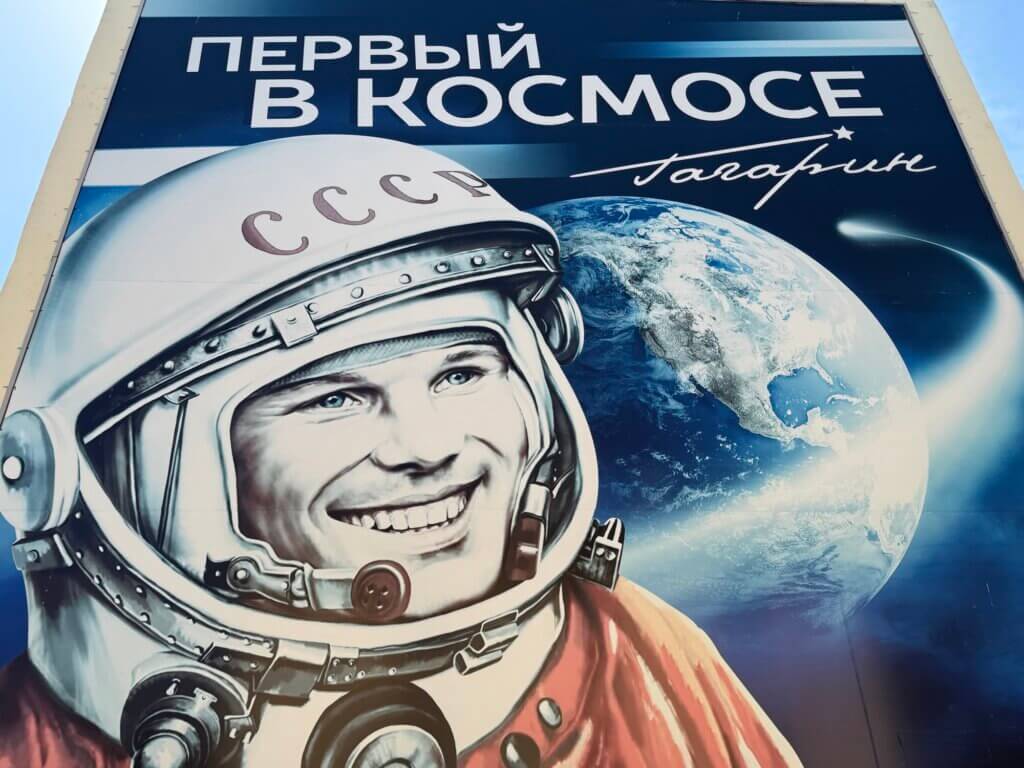
In Bender, the main highlight is the impressive Bender Fortress, a 16th-century stronghold with a rich and turbulent history, offering a glimpse into the region’s past. Tiraspol, meanwhile, is known for its Soviet-era atmosphere, with landmarks like the Suvorov Monument, House of Soviets, Lenin statue, and Tank Monument. Both cities offer a chance to experience authentic Soviet heritage, vibrant markets, and local cuisine, making a visit to Transnistria both accessible and rewarding.
Chișinău
Republic of Moldova
Loading map...

